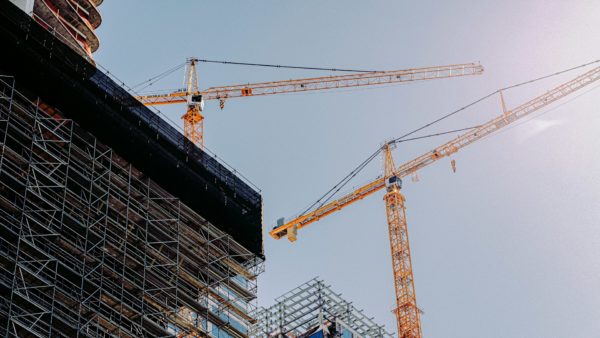A professor at Delft University of Technology has come up with a way to make roads heal themselves – with a little help from microwaves.
Erik Schlangen is proposing to mix asphalt with tiny fragments of steel wool, of the kind used to scour pans. The purpose of the steel is not to reinforce the asphalt, but to heat up when subject to microwave radiation.
Most roads in the Netherlands are constructed using porous asphalt. The spaces in the pavement structure help to absorb sound and water, making Dutch roads dryer and quieter than those built with more solid bitumen.
However, the gaps also make the structure more vulnerable to erosion and weathering. This leads to the formation of microscopic cracks in the bitumen that holds the aggregate together. The result is progressive “ravelling”, and eventually the formation of potholes and loose stones that can damage vehicles using the road.
Putting steel fibres in the asphalt means that you can send information to it, so it might be possible to charge electric cars on the road they’re driving on– Erik Schlangen
Schlangen’s idea is to add steel so that the road is easier to heat by induction. When it is heated, the asphalt melts and the microscopic cracks are filled in and hold the aggregate in place.
The Dutch government donated a 400m stretch of the A58 as a test bed for Schlangen’s concept. Research conducted on samples from that pavement have suggested that the life of a road can be doubled if it is melted once every four years. Â
He estimates that the steel-enriched asphalt would cost about 25% more than normal asphalt, but it has been estimated that it could save the Netherlands €90m a year if all roads used it.
Schlangen has also suggested that that addition of steel could have further benefits.
In an inverview with The Verge earlier this month he said: “Putting steel fibres in the asphalt means that you can send information to it, so it might be possible to charge electric cars on the road they’re driving on.
“This is early, but we are going to make some trials in front of traffic lights, where the idea is that you can charge your car a bit while waiting in traffic.”
Image: Schlangen demonstrates his material in a TED talk (TED)
Further Reading:
Comments
Comments are closed.











I am reminded of a road which was built here in the US some years back. It was constructed out of pulverized old tires. Good idea? Not as good as initially thought. The tiny bits of steel wire (part of every “steel belted radial tire”) included in the road began to slowly rust. Rust is oxidation and oxidation releases heat. The thermal mass and heat conductivity of the road was such that the heat built up until the road caught fire. Let us hope that the Dutch version of a “steel belted” road uses stainless steel wires to cut back on oxidation and heat build up!